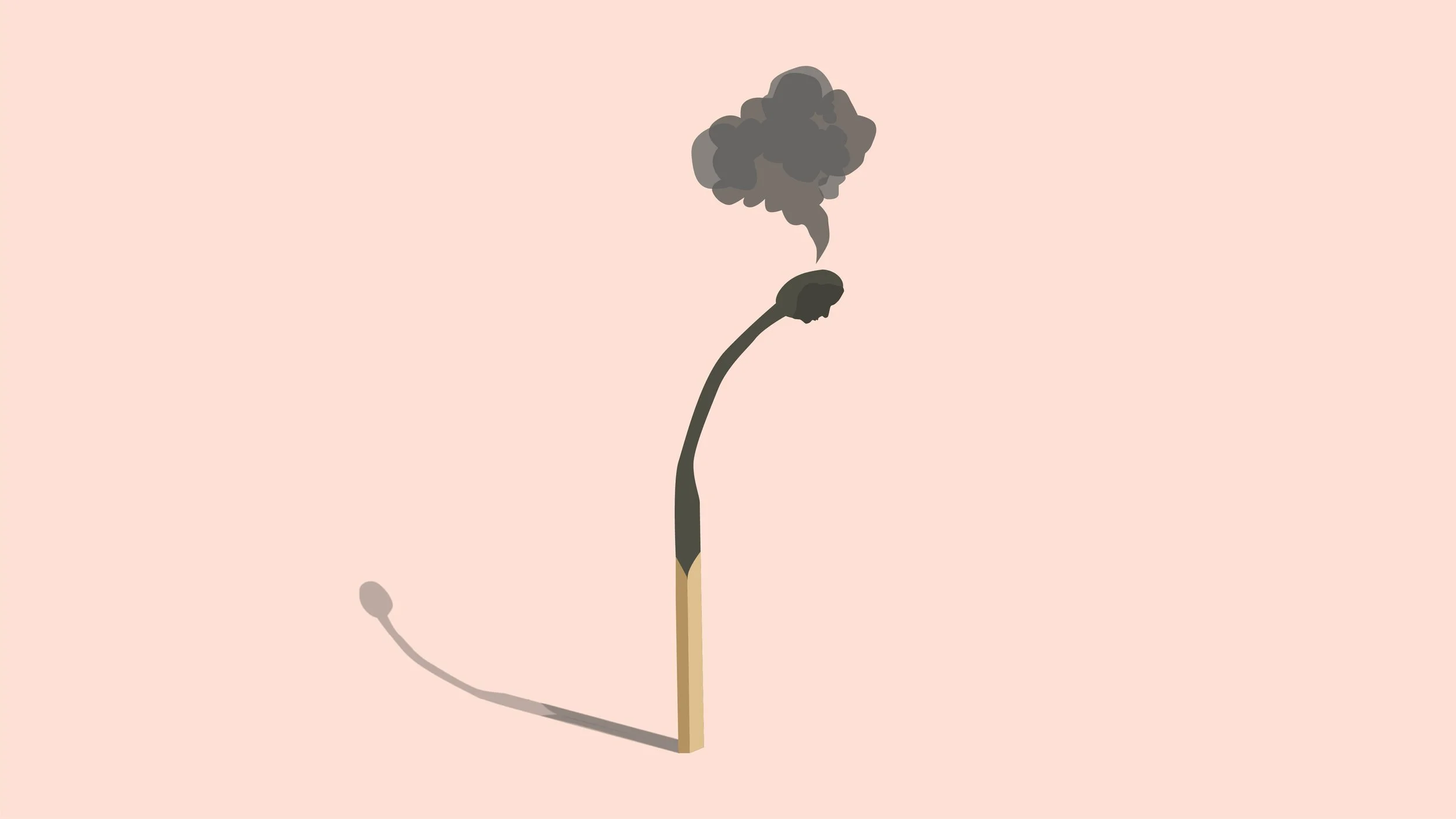How hustle culture is dimming your spark – and how to get it back
We spoke to author and designer, Emmi Salonen about how, after over a decade of running her studio, she hit breaking point: neglecting her health, relationships, and, most alarmingly, lost her passion for design.
Her way back? An ‘inspiration expedition’ across the world, from the Marquesas Islands to Ethiopia, Colombia, and finally the Finnish archipelago of her childhood. There, she created The Creative Ecosystem: a five-part framework for sustainable creativity built on Connection, Wonder, Pause, Movement and Joy.
I found myself staring blankly at the screen again, hoping for ideas. Clicking aimlessly between apps, feeling oddly defensive in a team chat, and moving a deadline “just until tomorrow” for the third time this week. The task was simple, but everything felt heavier, slower. I started dreading the ping of a new email. The project I’d been excited about last week already felt like unpleasant admin.
This is how burnout often shows up. We spend less time in meaningful work and more time coordinating it, worrying about it, skirting it. It’s not a dramatic crash, but a pattern of frayed focus, procrastination, creative blocks and brittle collaboration: the kind that drains you one small moment at a time.
Like so many of us, I’ve been there. But I’m relieved to say that I eventually found my way out – and worked out how other creatives can, too.
When passion becomes pressure
For years I thought being more productive was the answer, putting in more hours, creating more output. But life showed me that hustle can hollow out the very passion it claims to celebrate. As some experts have pointed out, when we treat work we love as ‘not really work’, we start believing we should do more of it. If you love it, why would you need a break?
Passion is powerful fuel when it sits alongside the rest of life, but it hurts when it crowds out everything else: when work swallows our identity, boundaries slip and we start to skip dinners with friends, gym classes and early nights.
Ever-increasing expectations (hello AI) put pressure on us to speed things up. The tools are clever and, when used well, they do help. Yet it has quietly reset expectations for more and faster. Instant results can numb the excitement of wonder and discovery – when answers arrive in seconds, we take fewer detours and miss surprising connections.
With so many changes happening around us, it’s easy to freeze and feel unsure about what to focus on next.
Rebuild your spark
My biggest shift came after taking an extended break, time for deep reflection. Instead of asking “How do I push for more output?” I asked, “How do I nourish my energy?” That question sent me into research, conversations and small daily experiments. A pattern began to emerge.
That pattern became the basis of a simple idea I now use and teach: the Creative Ecosystem. Creative outputs aren’t possible without inputs. So what inputs does a person need to keep their ecosystem in balance? What support, resources and opportunities will feed them? The model focuses on five areas that act as fuel: Connection, Wonder, Pause, Movement, Joy.
When I feel flat, I don’t force myself to grind through, I ask which input is lacking attention. Connection might be a quick check-in with someone I trust – not to fix anything, just to be seen. If I feel numb, I choose Wonder: a new route on my daily walk, ten minutes of drawing with no goal, sleeping upside down in the bed. If my focus is scattered, I prioritise Pause: one 90-minute block with notifications off and a single, clear task. If I’m tense, I choose Movement – a short walk before emails so my thoughts can stretch out. Joy can be tiny, a favourite song while I tidy my desk, but it changes the mood of the day.
The experience of each input – its source, its importance, its availability – is as unique as you. That's why, in my new book The Creative Wellbeing Handbook, you’ll find prompts and exercises to map your own Creative Ecosystem and activate it in a way that fits your life. Try the prompts below to get you started:
1. Build a daily check-in
Keep your phone off when you wake. Give yourself a few quiet minutes to arrive in the day: stretch, breathe, make a coffee, jot a line. Notice how you feel and what you need, then turn your phone on and let the world in. Even waiting until after you’ve brushed your teeth helps. The aim is a small buffer so notifications don’t decide your mood.
2. Redesign responsiveness
Set a couple of reply windows and leave the rest for focused work. Batch messages. A simple “Thanks, I’ll come back later today” is enough. Let people know how you work: your response hours, preferred channels, and when a call is better. It’s perfectly fine not to use WhatsApp for work. The aim is that you choose when to respond, not your notifications.
3. Take a walk
A short walk boosts idea generation and focus. A Stanford study found walking increases creative thinking during and after the walk. Put it in the diary like any other meeting. Step out, then sit down and make.
The world needs your creativity, and your creativity needs fuel. I encourage you to find yours, in whichever small, simple, strange places you can. To do so is an experiment in its own right – and nothing is more creative than that.


